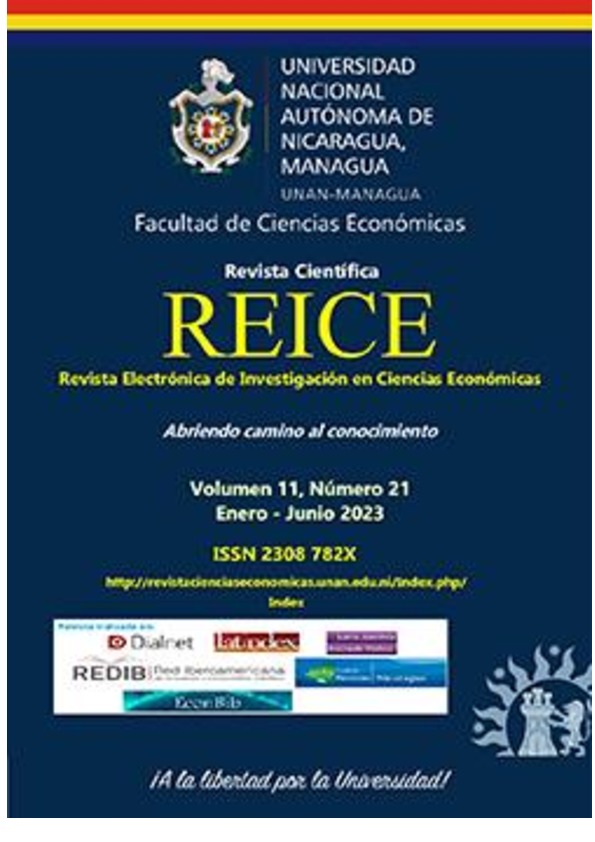id: 35304
Title: Tax Policy in EU Member States and Their Experience as a Guide for Ukraine
Authors: Pravdiuk M., Kolomiiets H., Magopets O., Mushenok V., Lutsenko I.
Keywords: EU tax policy, types of tax rates, income tax, single tax, VAT in the EU countries.
Date of publication: 2024-03-11 10:41:17
Last changes: 2024-03-11 10:41:17
Year of publication: 2023
Summary: In the context of Eurointegration and the formation of tax policy in Ukraine per EU standards, it is advisable to consider the key features of taxation in EU member states and their potential applicability. The article aims to identify the peculiarities of tax policy in EU countries, particularly in the context of the most important types of taxes for stimulating Ukraine`s economic growth during the wartimes. The article employs a systemic approach to studying the tax structure of Ukraine, utilizing statistical analysis of tax payment structures in EU countries and Ukraine from 2010 to 2020. The article describes the basic rates of general state taxes and fees in Ukraine. It analyzes the appropriateness of their modification, considering the practices of EU countries and their tax structures. The results demonstrate differences in the tax structure and policies between Ukraine and EU countries. In Ukraine`s tax payment structure, taxes on goods and services (VAT, customs duties) prevail, along with social contributions showing a tendency to decrease, grants, and other types of income to the state budget. However, similar to EU practices, there is a tendency in Ukraine towards an increase in the share of taxes on income, profits, and capital gains from 10,6% to 16,4%, as well as an increase in the share of taxes on goods and services from 31,4% to 40,1%. In contrast, considering their developed social protection systems, EU countries have a significantly lower share of taxes on goods and services, including VAT, and a considerably higher share of social security contributions. Higher indicators of economic development support more elevated amounts of social contributions. The introduction of the 10-10-10 reform is justified. This reform involves reducing tax rates for key types of taxes, thereby stimulating economic growth in times of war, similar to the practices of EU countries. The authors also propose setting a lower VAT rate for the most vulnerable types of finished products in war conditions, following the similar practice of EU countries. The practical significance of the research lies in substantiating the application of a reduced 14% VAT rate in Ukraine to specific types of final products to support the less affluent segments of the population.
URI: http://socrates.vsau.edu.ua/repository/getfile.php/35304.pdf
Publication type: Статті Web of Science
Publication: REICE-Revista Electronica de Investigacion en Ciencias Economicas. 2023. Vol. 11, № 21. P. 186-210. DOI: https://doi.org/10.5377/reice.v11i21.16551
In the collections :
Published by: Адміністратор
File : 35304.pdf Size : 623392 byte Format : Adobe PDF Access : For all

| |
|
|